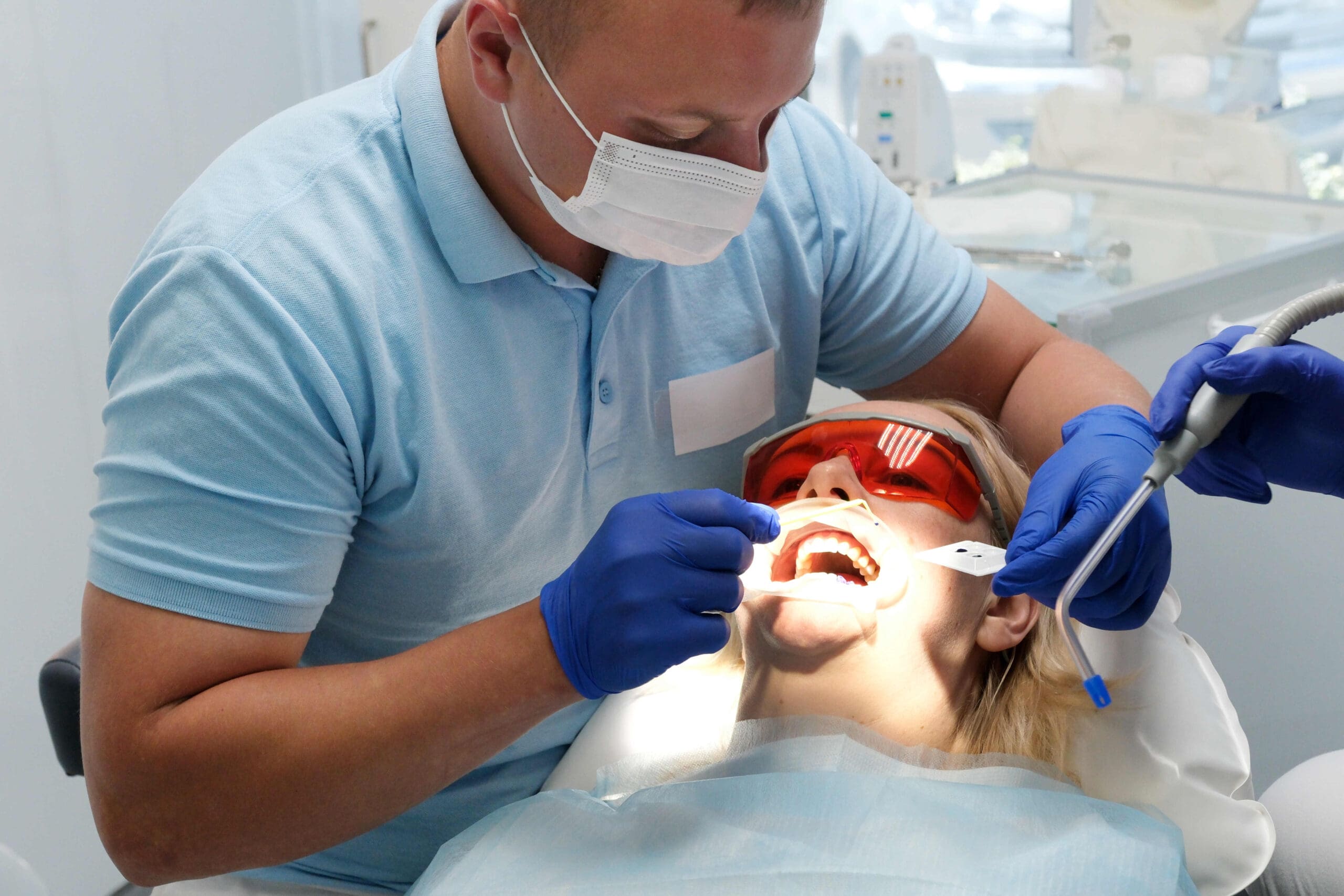What is the best type of dental implants for restoring your smile? With various options available, the best type of dental implants depends on individual needs and specific dental conditions, making it essential to understand the different types and their benefits.
Best Type of Dental Implants: Understanding Dental Implant Basics
Understanding the basics of dental implants is crucial when considering the best type of dental implants for your needs. Dental implants are artificial tooth roots, typically made of titanium, that are surgically placed into the jawbone to support replacement teeth or bridges. They provide a strong foundation for fixed or removable replacement teeth and are designed to blend seamlessly with your natural teeth. The process involves several stages, including the initial consultation, implant placement, and the attachment of the replacement tooth, ensuring a durable and long-lasting solution for missing teeth.
The best type of dental implants can vary depending on individual circumstances, such as bone density and oral health. It’s essential to have a comprehensive understanding of how dental implants work and their benefits. This knowledge can help you make informed decisions about your oral health. For more detailed information on dental implants and their role in oral health, you can explore our guide on Dental Implants and Periodontics: What to Know.
Best Type of Dental Implants
Exploring implant material options is a crucial aspect when considering the best type of dental implants. The materials used in dental implants play a significant role in their durability, compatibility with the human body, and overall success rate. Common materials include titanium and zirconia, each offering unique properties that cater to different needs and preferences. Titanium is widely recognized for its strength and ability to fuse well with bone, while zirconia is appreciated for its aesthetic appeal and metal-free composition. Understanding these materials can help individuals make informed decisions about their dental health.
When evaluating the best type of dental implants, it’s essential to consider how these materials interact with the body and their long-term performance. Both titanium and zirconia have been extensively studied and used in dental practices worldwide, providing reliable options for those seeking dental restoration solutions. For more information on the various options available, you can explore Dental Implants in Meridian to understand how different materials might suit your specific needs.
Comparing Implant Design Variations
When exploring the best type of dental implants, understanding the variations in implant design is crucial. Dental implants come in various shapes, sizes, and materials, each tailored to meet specific needs and conditions. The design variations can influence factors such as stability, integration with the jawbone, and overall functionality. Some implants are designed for immediate placement, while others may require a more gradual approach. Additionally, the surface texture and coating of an implant can affect how well it bonds with the bone. By comparing these design variations, individuals can gain insight into how different implants might perform in diverse oral environments, ultimately contributing to a more informed decision-making process.
Evaluating Implant Longevity Factors
When considering the best type of dental implants, it’s essential to evaluate the factors that contribute to their longevity. The durability of dental implants can be influenced by several elements, including the quality of the implant material, the expertise of the dental professional performing the procedure, and the patient’s oral hygiene practices. Additionally, factors such as bone density and overall health can play a significant role in how long dental implants last. Understanding these variables can help individuals make informed decisions about their dental health. For those seeking more information on dental care, Alliance Dental Care offers insights and expertise, and you can learn more by visiting their Meridian Dentist page.
Analyzing Implant Procedure Steps
Understanding the steps involved in the dental implant procedure is crucial when considering the best type of dental implants for your needs. The process typically begins with a comprehensive evaluation, where dental professionals assess the condition of your jawbone and overall oral health. This is followed by the surgical placement of the implant into the jawbone, which serves as a sturdy foundation for the artificial tooth. After the implant is securely placed, a period of healing is necessary to allow the bone to integrate with the implant, ensuring stability. Finally, a custom-made crown is attached to the implant, completing the restoration process. Each step is meticulously designed to ensure that the best type of dental implants provide both functionality and aesthetics, contributing to a natural-looking and durable solution for missing teeth.
Considering Implant Cost Implications
When exploring the best type of dental implants, it’s essential to consider the cost implications associated with each option. Dental implant costs can vary significantly based on several factors, including the materials used, the complexity of the procedure, and the geographical location of the dental practice. Understanding these cost variations is crucial for making an informed decision that aligns with your budget and long-term dental health goals. While the initial investment might seem substantial, considering the potential longevity and benefits of the best type of dental implants can provide valuable perspective on their overall value.
Investigating Implant Success Rates
When exploring the best type of dental implants, understanding the success rates of various options is crucial. Dental implant success rates can vary based on several factors, including the patient’s oral health, the quality of the jawbone, and the specific type of implant used. Generally, dental implants boast a high success rate, often exceeding 95% when performed under optimal conditions. This impressive statistic underscores the reliability and effectiveness of dental implants as a solution for tooth replacement. However, it’s important to consider that individual experiences may differ, and ongoing research continues to refine techniques and materials to enhance these outcomes further.
Reviewing Implant Maintenance Needs
When considering the best type of dental implants, understanding the maintenance needs is crucial for long-term success. Dental implants require regular care to ensure their longevity and functionality. This involves routine oral hygiene practices such as brushing and flossing, as well as periodic visits to a dental professional for check-ups and cleanings. The best type of dental implants will seamlessly integrate into your daily oral care routine, promoting overall oral health and stability. Proper maintenance not only helps in preserving the implant but also supports the health of surrounding teeth and gums, contributing to a confident and lasting smile.
Examining Implant Aesthetic Outcomes
When considering the best type of dental implants, one crucial factor is the aesthetic outcome they provide. Dental implants are designed to mimic the appearance of natural teeth, and their success largely depends on how well they blend with the surrounding teeth and gums. The materials used, the shape and size of the implant, and the skill of the dental professional all play significant roles in achieving a natural look. A well-placed implant should be indistinguishable from natural teeth, offering a seamless integration that enhances the overall smile. Understanding these aesthetic outcomes is essential when evaluating the best type of dental implants for individual needs.
Conclusion
Discovering the best type of dental implants can transform your smile and boost your confidence. For more information, call us at 208-608-2098 or check out our Google Maps reviews.









